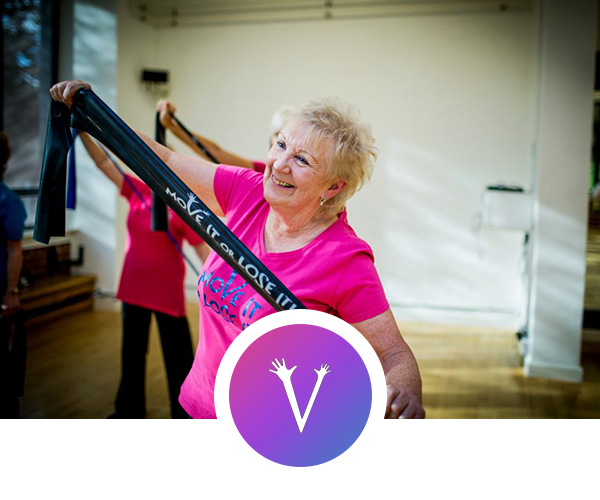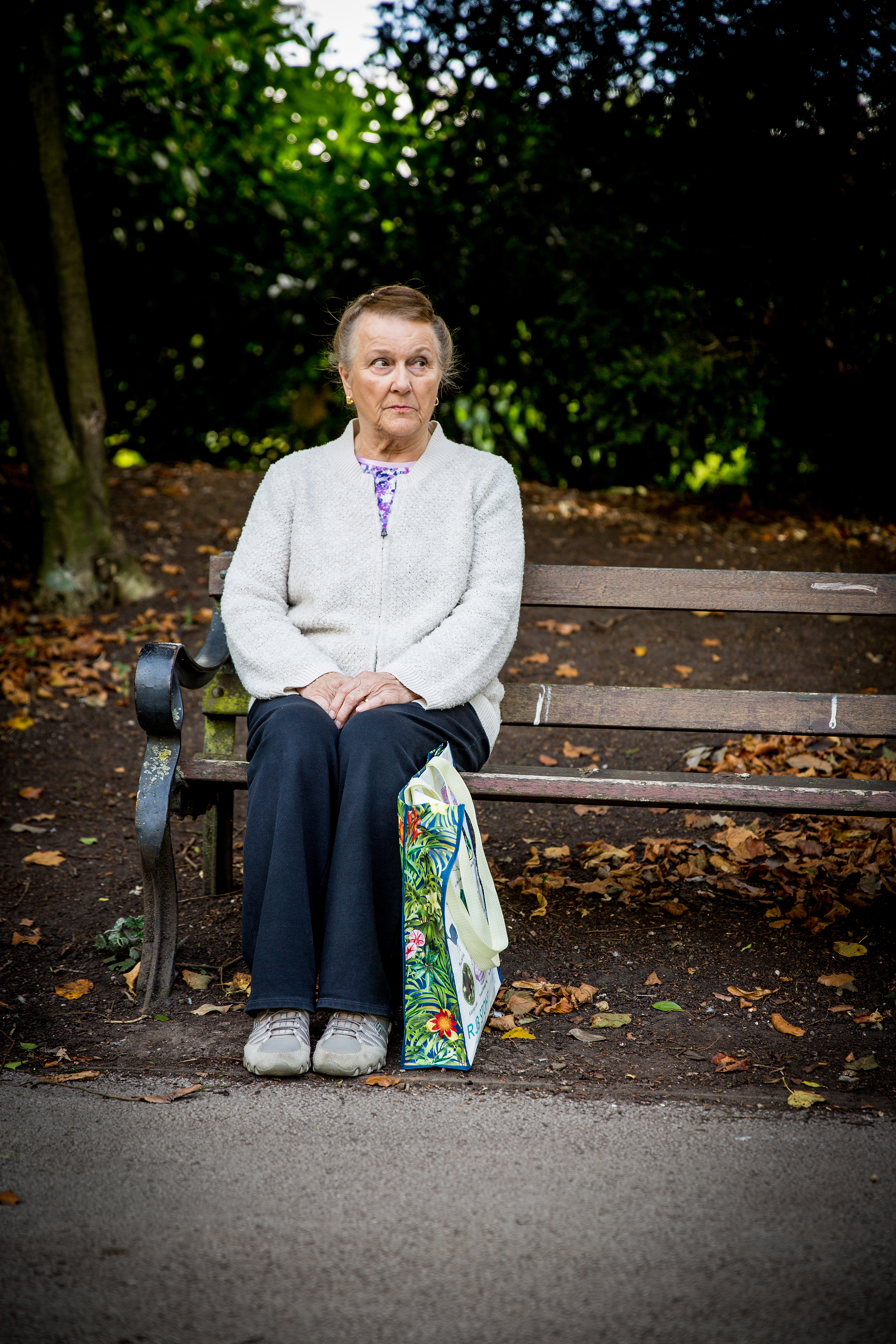How can I help my ageing parent?

How can I help my ageing parents?
There usually comes a time in our lives when we realise that our ageing parents need more help and our roles gradually become reversed. Family members become unofficial carers – there’s over 6 million in the UK – and it’s estimated this saves the state around £119 billion a year.

Sometimes this role reversal creeps up on us gradually, without us really noticing. Other times it hits us like a bolt from the blue after a sudden trauma such as a fall, an illness or stroke.
Without a ‘training manual’ on how to cope with ageing parents, we turn to friends for help and Google for advice, although there’s no one-size-fits-all solution.
Having been there, both as a worried daughter and having worked with thousands of older people as a specialist exercise instructor, I know how easy it is to fall into the trap of saying,
“You take it easy.”
“Sit down and take a rest.”
“I’ll do that for you.”
Our instinct is to be kind and caring and we equate that with doing things on our parents’ behalf. Although this is obviously necessary in certain situations, it’s often the beginning of a downward spiral where we are killing them with kindness.
When my mum tripped and fractured her knee, my sisters and I rallied round to move the bedroom downstairs and do the shopping, cooking and cleaning. Of course it was absolutely vital to help out at this point but then a few weeks later we all fell into the habit of ‘taking over.’
The thing is that by being kind, we were actually being cruel. By taking away those little jobs, like making a sandwich for lunch, or a cup of tea, we were taking away a purpose and also encouraging mum to sit down and not move….the worst thing we could possibly do!
Fortunately it was around this time that I had the privilege of listening to Professor Janet Lord at University of Birmingham talking about the myths of ageing. Research had long been promoting exercise as the best medicine, but there was now recognition that sitting down was the new enemy. Since then there’s been a plethora of evidence linking sedentary behaviour to higher risk of illness including some cancers, type 2 diabetes, heart disease, falls and dementia.
I took this to heart and we re-evaluated what we could reasonably expect mum to do. The most important thing to her was to have a purpose to every day whether that was doing the washing, or going food shopping or cleaning the ornaments, it gave a structure and promoted activity for mind and body.
As soon as it was safe, mum started using the stairs again, sometimes even just going upstairs for the exercise. This is one of the best exercises we can do to counteract periods of sitting, it ‘switches on’ the muscles in the legs, it’s weight-bearing and it gets the heart pumping too.
But what if your ageing parents are not safe to use the stairs or live in a bungalow? The alternative is to do the ‘sit to stand’ which involves getting up and down from an upright chair without using hands. Almost one quarter of women over 70 cannot do this and it’s a warning sign as this loss of strength means they are dropping below the threshold of living independently and they are more prone to falls.
So to help your ageing parents to keep active and mobile, the best thing you can do as a concerned carer, is to look out for the warning signs of sitting down for long periods in the day, falling asleep in the day and not sleeping well at night, walking slowly and with an unstable gait, not being able to get up from the chair without using hands and even avoiding drinking so they won’t need to get up and go to the loo (especially if this is upstairs).
Ideally we would all want to intervene before the signs of frailty are apparent, but it’s never too late. You can ask the GP to assess your parents for frailty and signpost them on to specialist help – this may be physiotherapy, occupational therapy, falls clinics or exercise classes.
If you can see that your mum or dad are just starting to do less but they are still capable and need a bit of motivation, then encourage them to do any or all of the following:
- Do get up regularly to walk around the house or garden or simply make a cup of tea
- Try to avoid sitting down for longer than an hour
- Do the sit to stand – even if it’s only 2 or 3 at first, with practice this will soon improve. In fact it’s a good idea to count how many they can do in 30 seconds and track those improvements to show just how well they are doing
- Keep walking and climbing stairs as long as it’s safe to do so
- Try to take them food shopping whenever it’s possible, this combines walking, pushing a trolley, lifting food in and out of the trolley, carrying bags, turning and stepping so it’s a good real life workout
- The same goes for gardening or cleaning the house – lifting and carrying, sweeping and bending are all great purposeful activities
- Join an exercise class – of course our Move it or Lose it! classes are ideal as they specifically address all the issues of loss of strength and balance in a fun and friendly environment
- Find an activity they enjoy such as dancing, Tai-chi, walking groups or golf – anything that involves movement and socialising
- If there’s no class or activity nearby, or it’s difficult to get out and about, get a DVD to do at home.

Remember that one of the most hazardous things we can do in life is nothing, so Move it or Lose it!